Skin resurfacing can produce some of the most wonderful changes for skin problems including wrinkles, scars (including acne scars), pigment irregularities, sun damage and poor complexion. Unfortunately, there is a lot of confusion among patients as to what type of resurfacing procedure is necessary to accomplish the desired improvement.
There are a lot of new procedures being advertised and many are promising the world with no downtime. In some situations, these claims are valid, in others they are not. When it comes to wrinkles, scars, and advanced sun damage, only true resurfacing procedures will accomplish the goals of most people.
To simplify matters, skin resurfacing is best categorized by depth of resurfacing: ultra-superficial, superficial, medium, and deep. There are three basic means to resurface skin: laser, dermabrasion, and chemical peels. Each is capable of resurfacing at any depth. The degree of improvement is directly related to the depth of resurfacing; the deeper the resurfacing, the better the results, but the longer the down time.
The ultra-superficial resurfacing requires less than a day to recover from and includes procedures such as microdermabrasion and light glycolic peels. These procedures brighten and soften skin and improve mild pigmentation problems. The results usually last a few weeks and as such require regularly scheduled visits to maintain the improvement. This is a true “lunchtime” procedure.
Superficial resurfacing is best accomplished using our Scition erbium laser adjusted to remove just the top layer of skin. This is called an Artic Peel and produces a very nice improvement in complexion, tone, and pigment irregularities. This laser peel takes one to two days to recover from. Makeup can be worn during recovery. A series of these treatments combined with bleaching creams and Retin-A produces long lasting improvement in your skin.
Medium depth resurfacing is the best way to treat mild to moderate wrinkles as well as more advanced pigment and texture problems such as Melasma and acne scars. These peels are done with the Sciton erbium laser and can be expected to make permanent improvements in your skin. A medium depth peel is typically done as a single peel and requires about four to seven days of healing time. This is a very popular peel because of the dramatic improvement with a still reasonable healing time. The effects of this peel are long lasting, though you may want to repeat a peel like this every year or two to keep your skin fresh.
Deep peels are the gold standard of skin resurfacing. With a deep peel dramatic improvement in wrinkles, pigmentation problems, surface irregularities, and scars is achieved. You should expect two weeks of healing before wearing make-up and about six weeks for total healing.
A new treatment regimen which allows us to approach the results of the deeper laser peels without the longer recovery time is to combine the proven Micro Laser Peel with the new Sciton ProFractional laser treatment. The ProFractional laser punches deep, microscopic holes that are surrounded by healthy skin. This stimulates a more robust wound healing response and therefore more collagen formation resulting in smoother, tighter, and healthier skin. When combined with the Micro Laser Peel the results are synergistic, that is the sum of the whole is greater than the parts. Most patients have a long weekend recovery time from this procedure.
The effectiveness of all laser resurfacing procedures are enhanced with the use of Botox Cosmetic. Botox weakens the underlying muscles allowing the skin to heal without the cracks and wrinkles caused by muscle activity.
While the resurfacing procedures can have a dramatic effect in improving the texture and tone of the skin, visible blood vessels (spider veins) generally are not affected. Other laser procedures can remove visible red or blue blood vessels. Afterward, you can immediately return to your normal daily activities with perhaps only a bit of pinkness in the treated area.
